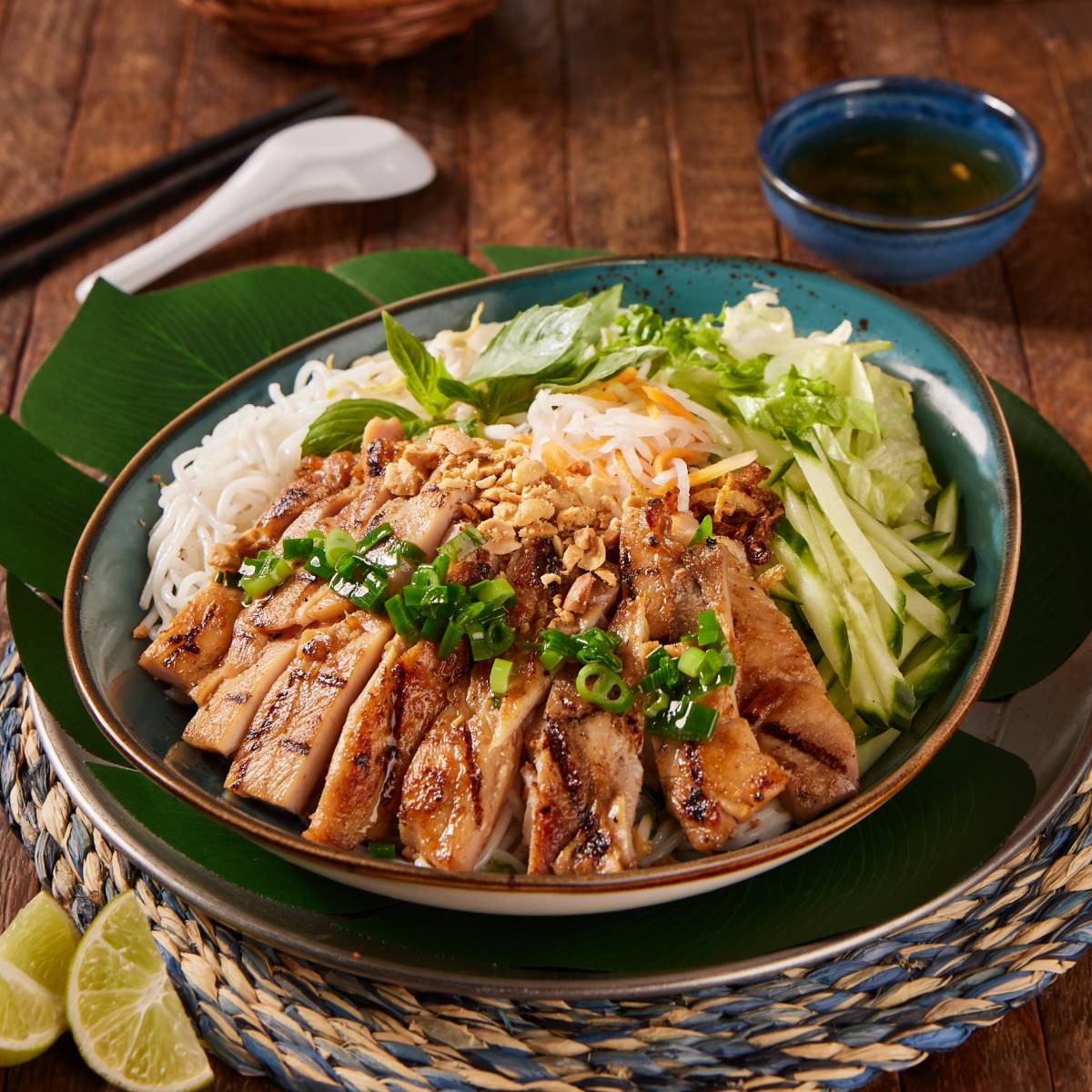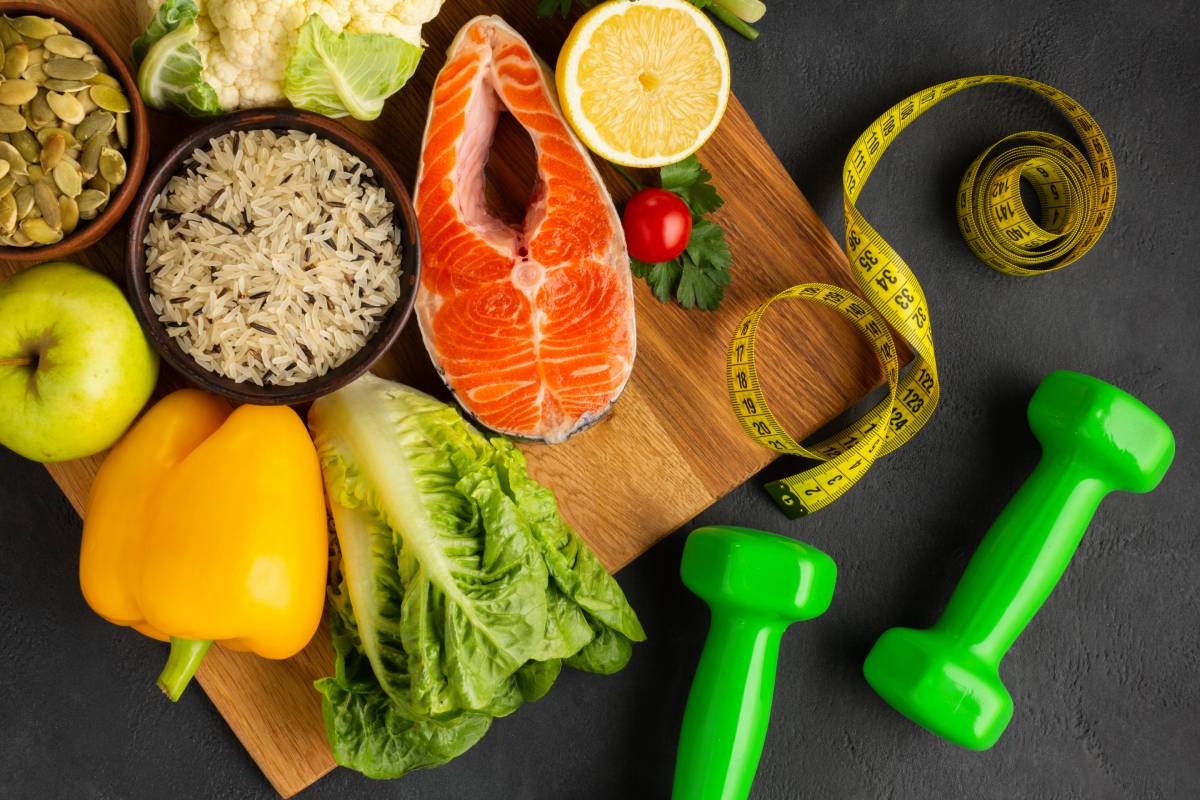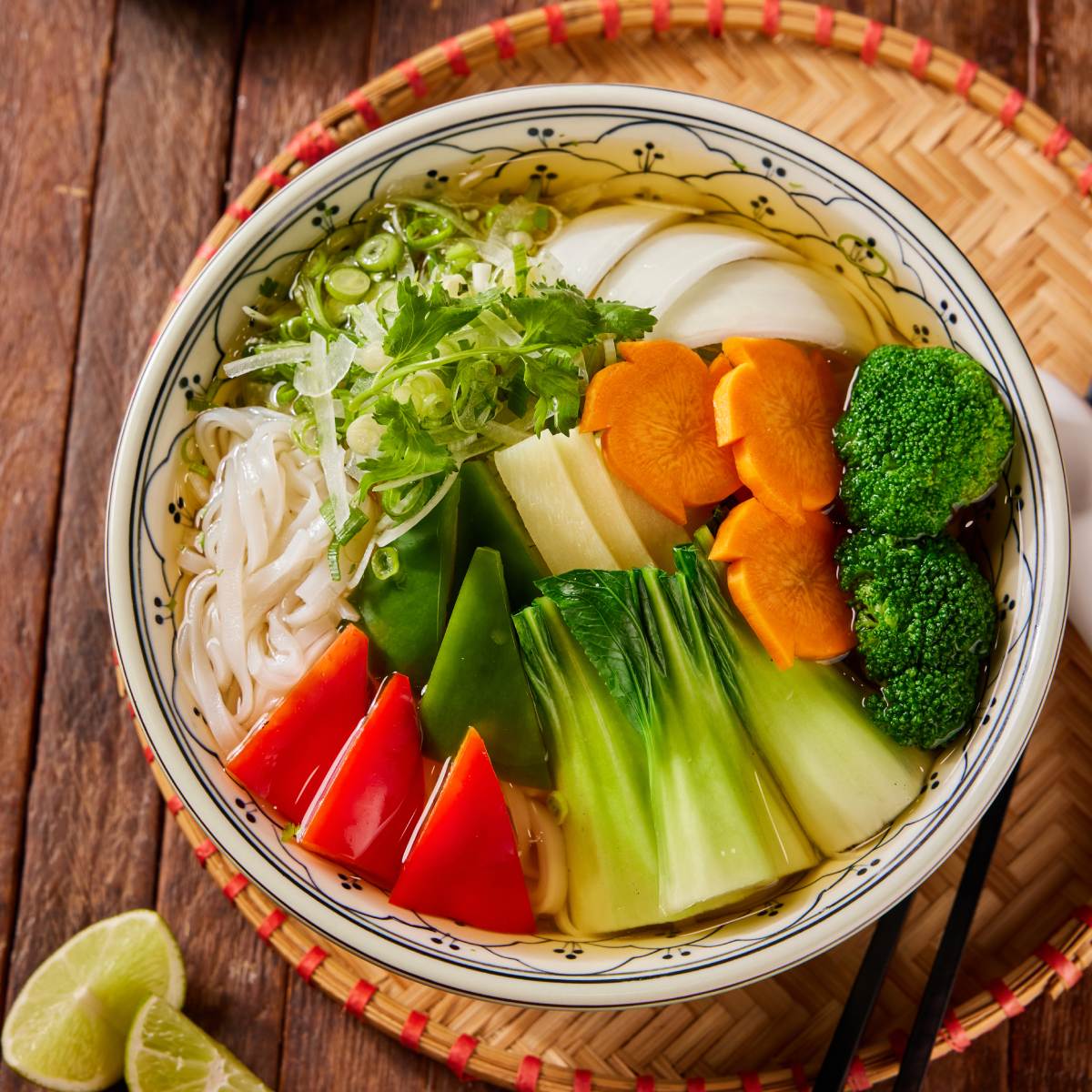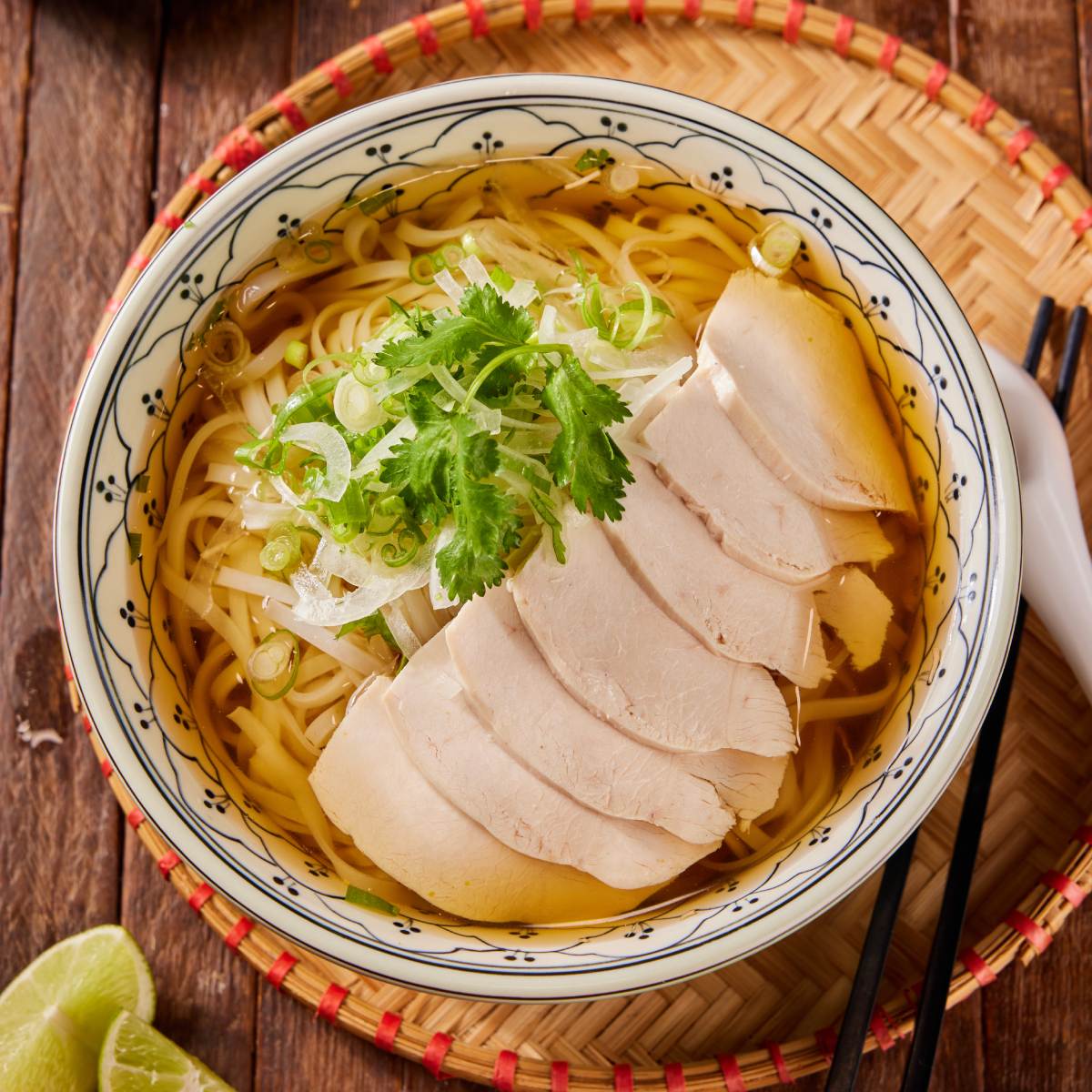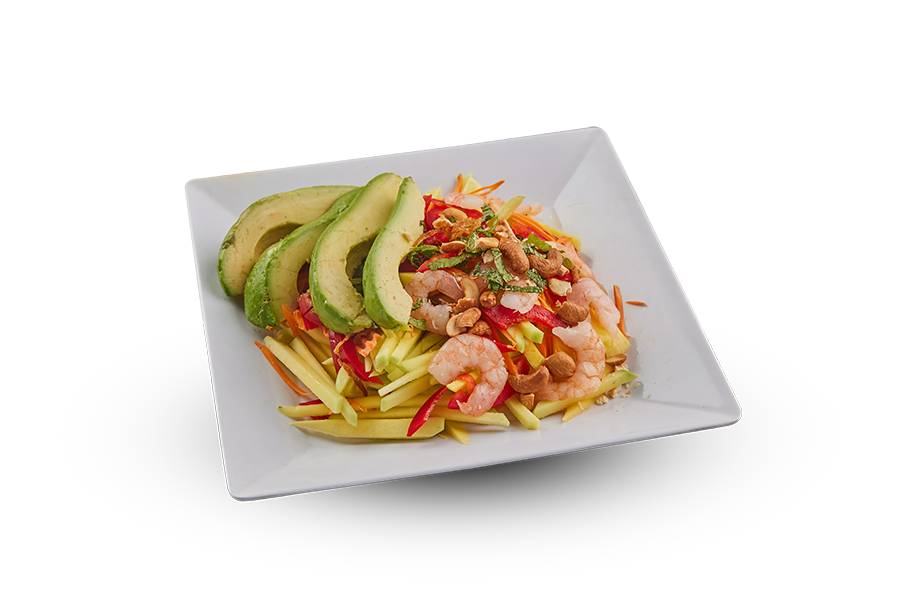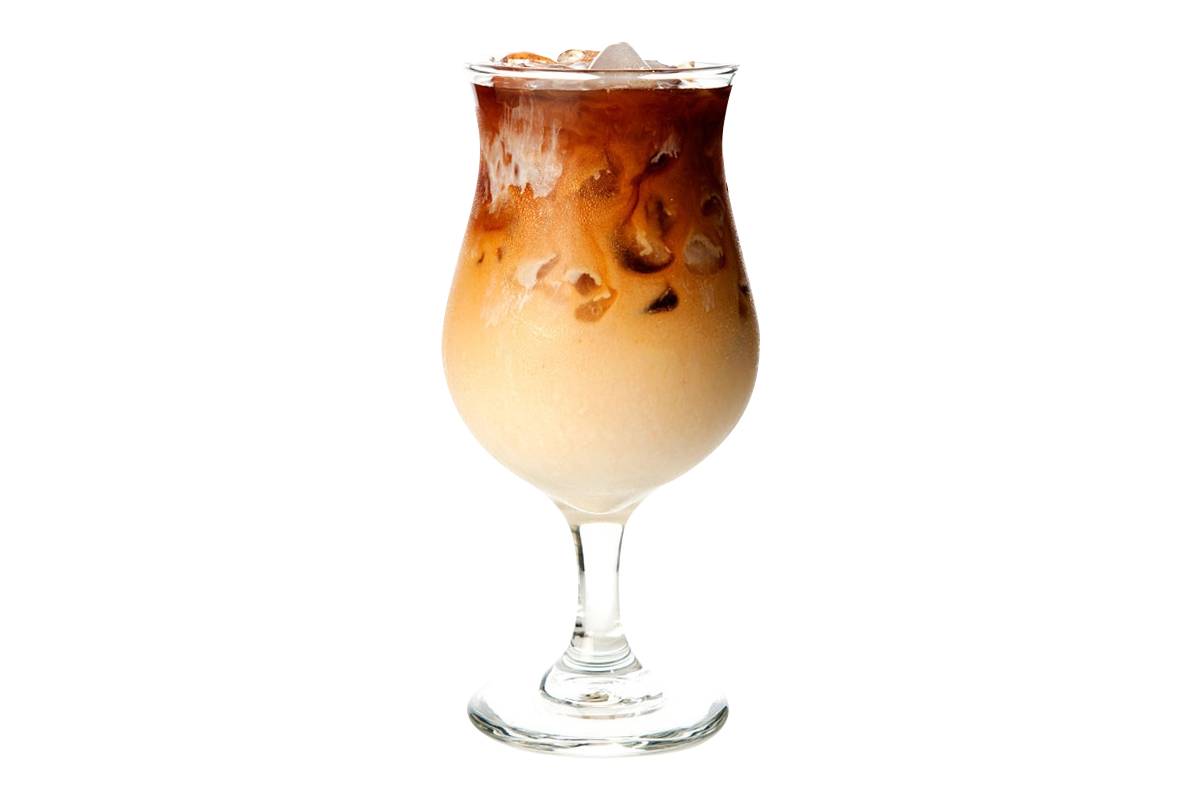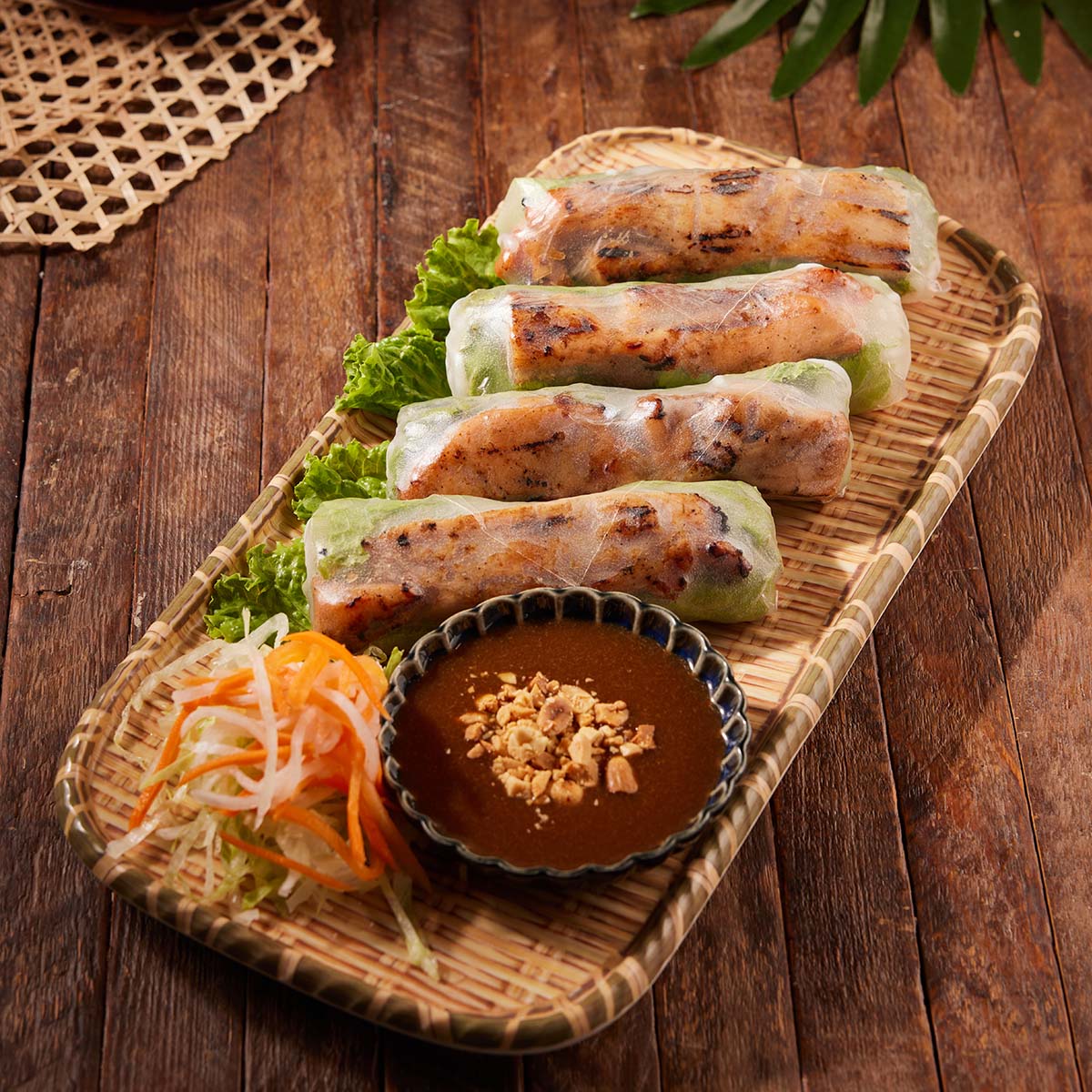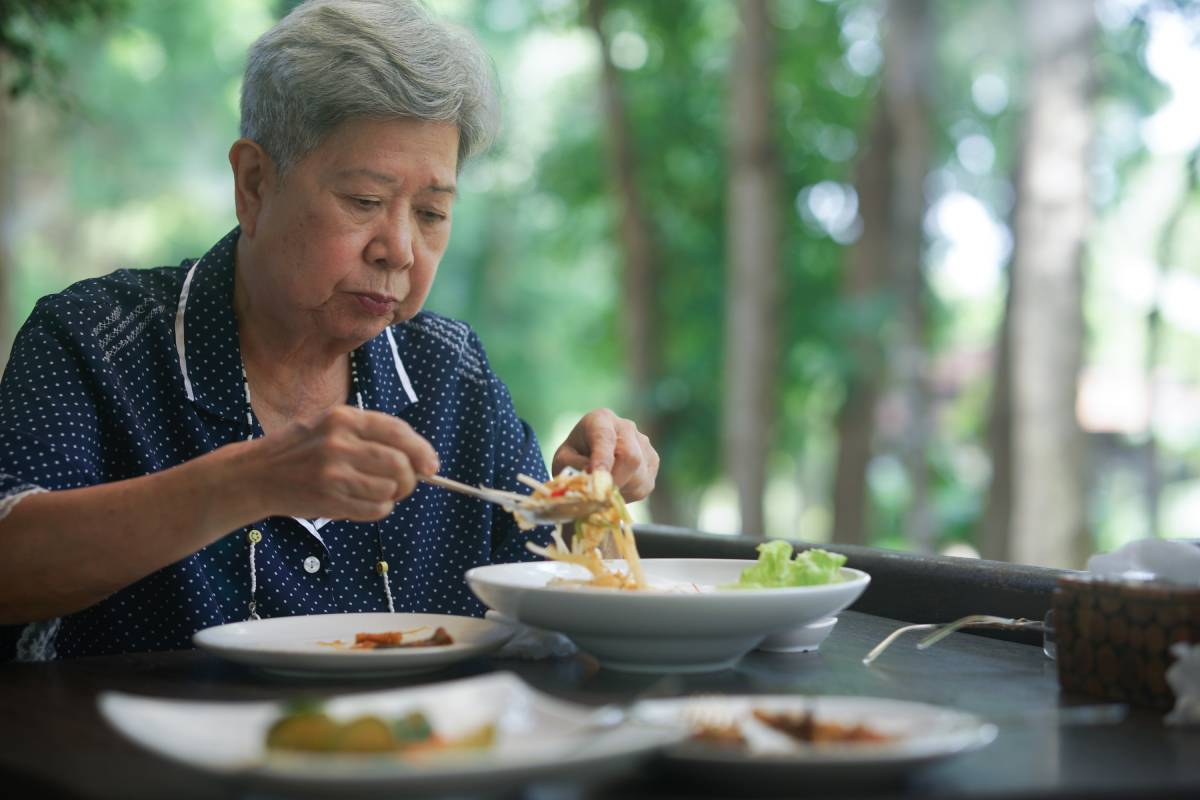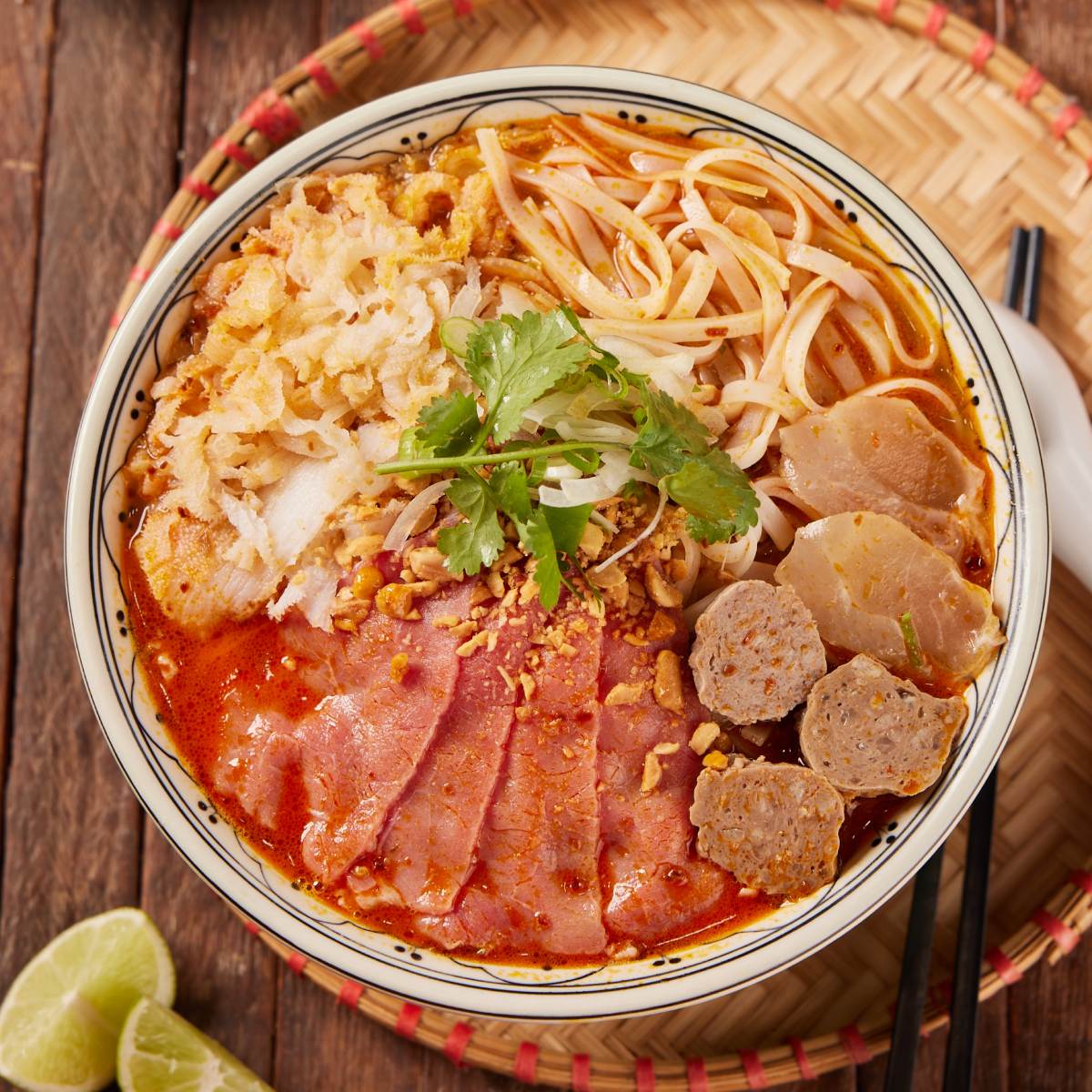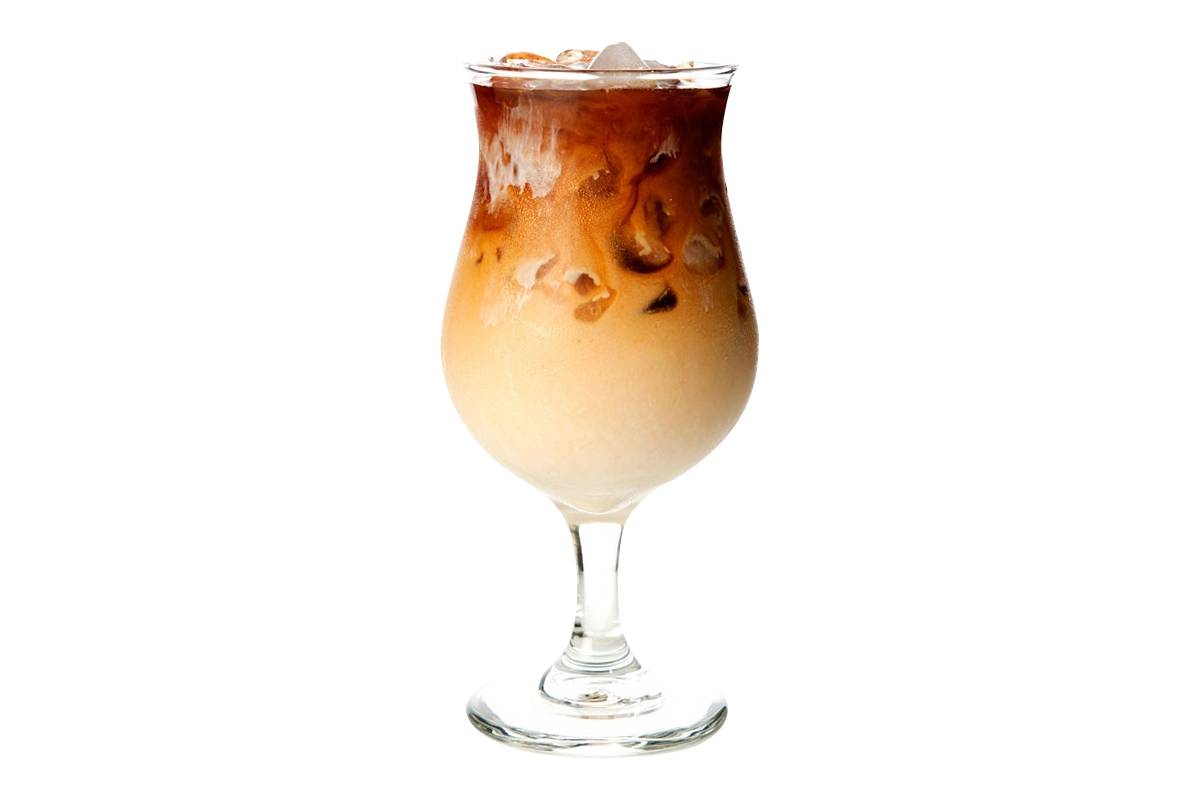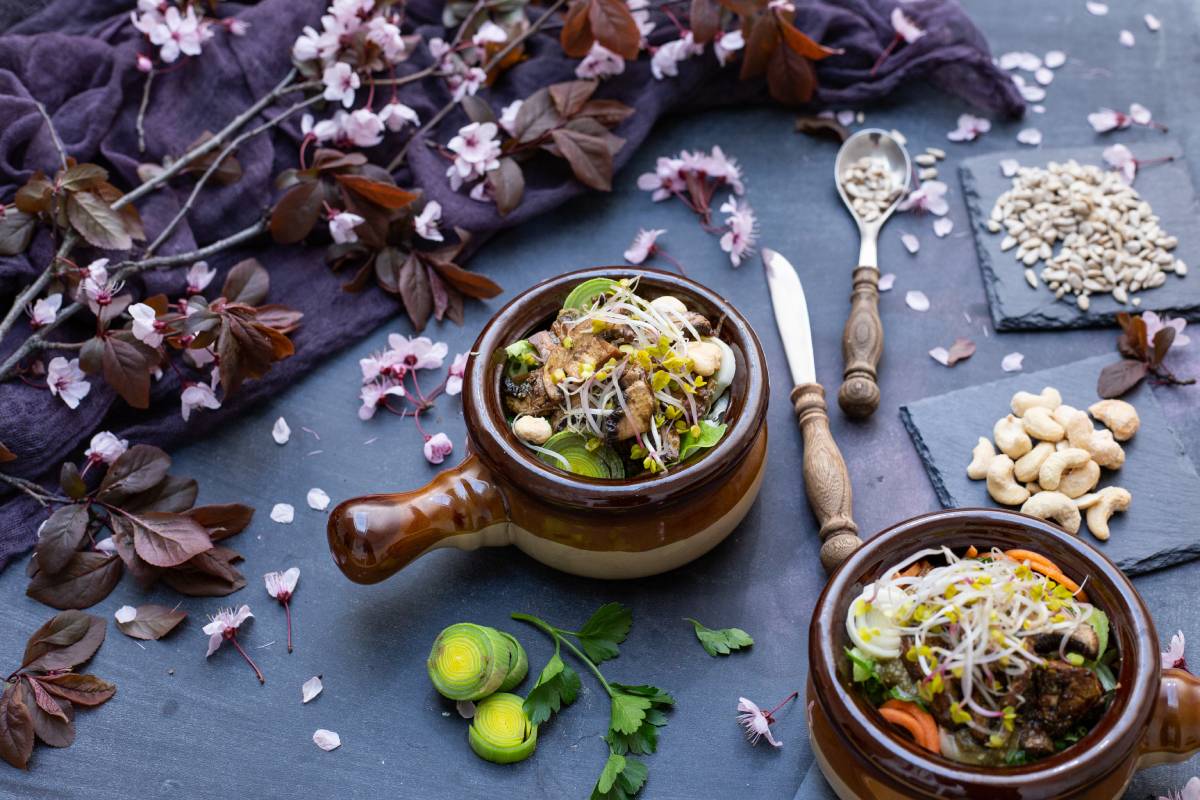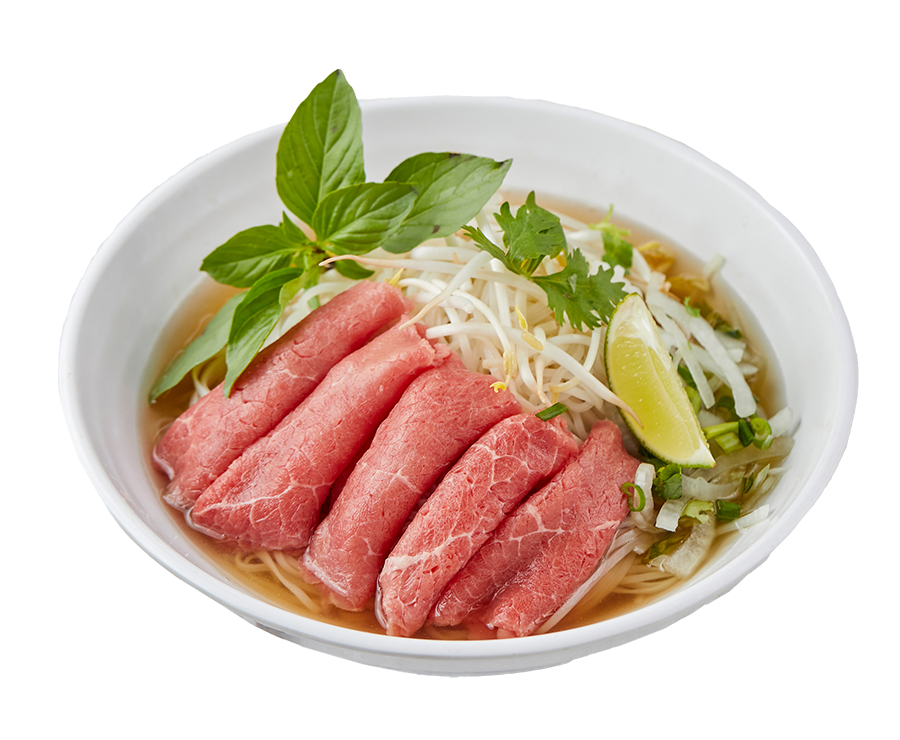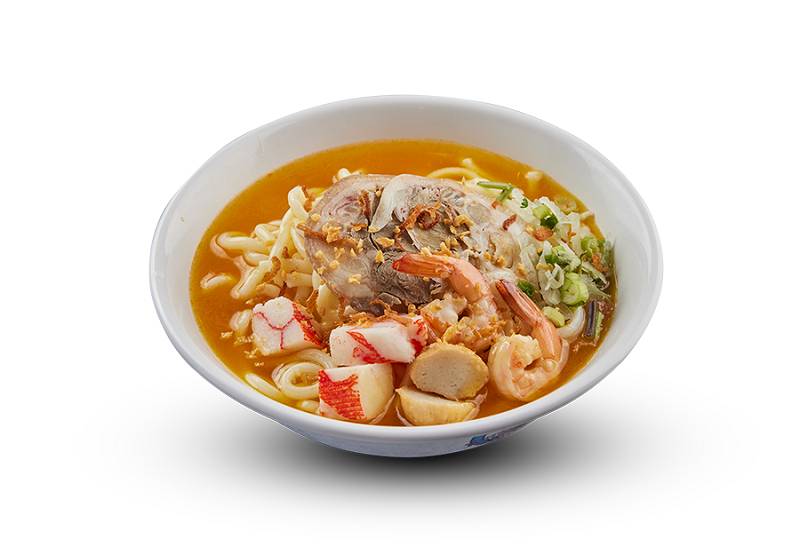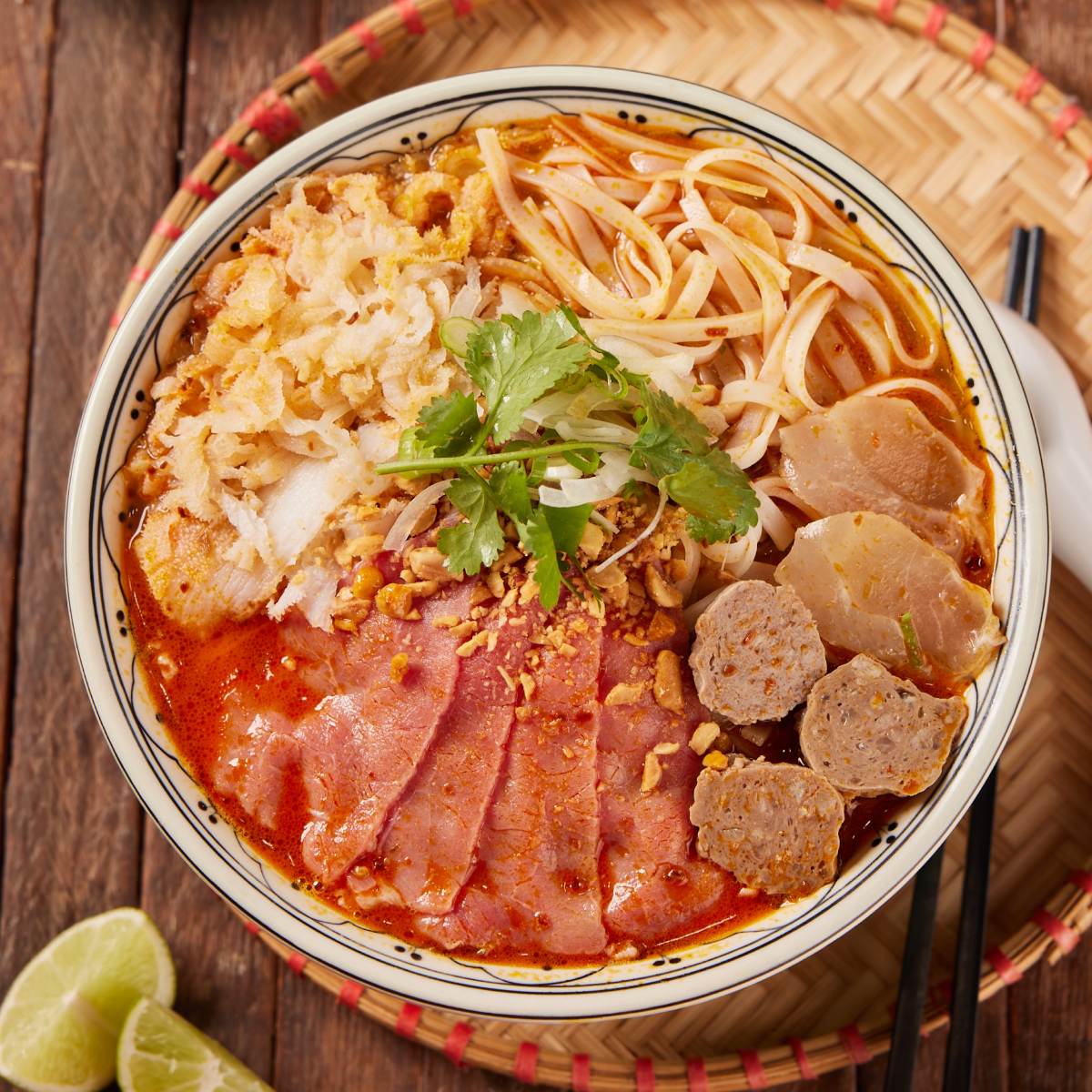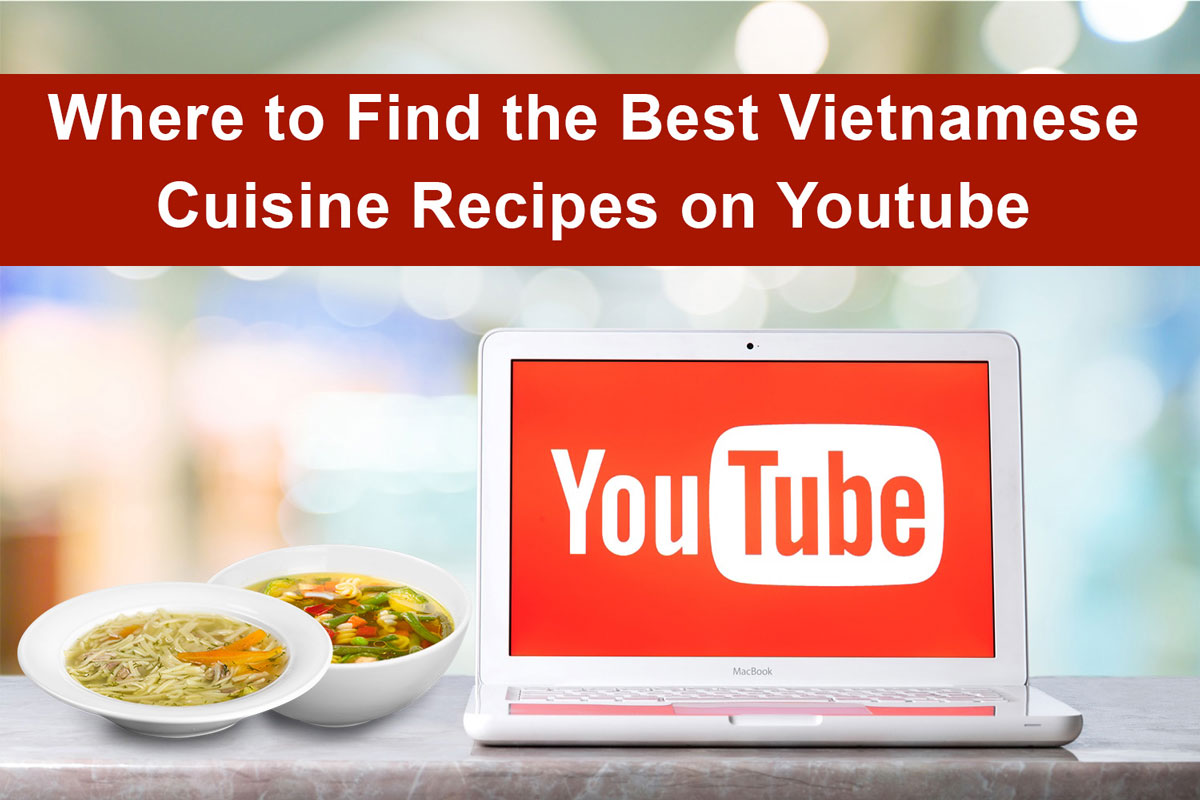
In an era where Canadians are seeking easier, healthier, and more indulgent recipes, the best Vietnamese cuisine dishes meet every one of these points. Whether you’re a vegan looking for your next favourite recipe, a meat eater looking to go a little healthier, or are someone simply looking to mix it up with an amazing unexpected recipe, check out some amazing Vietnamese recipes on YouTube.
Vietnamese cuisine uses ingredients such as fish sauce, shrimp paste, soy sauce, bean sauce, herbs, rice, fruits, and vegetables. A lot of Vietnamese recipes will make use of other ingredients like lemongrass, ginger, mint, long coriander, cinnamon, bird’s eye chili, lime, and Thai basil leaves. Vietnamese cooking in general has been highly praised for its use of fresh ingredients, for minimizing the use of daily and oils, for complimentary textures included, and for relying on herbs and vegetables more than other East Asian cuisines do.
Read more: Where to Find the Best Vietnamese Cuisine Recipes on YouTube
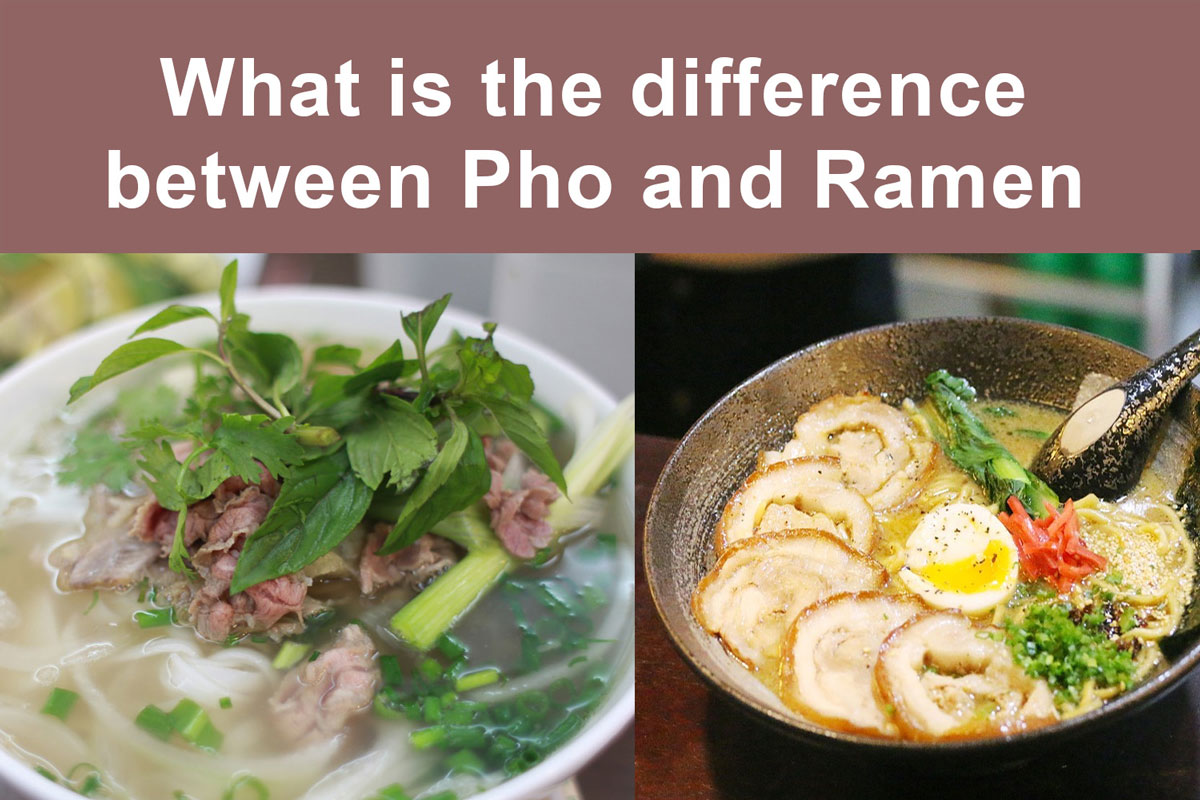
For eaters of Vietnamese cuisine or fans of Asian foods, they may not necessarily know the differences between pho and ramen. They are oftentimes compared for their similarities. What separates them is not oftentimes discussed. Here we hope to shed a little bit of light on what’s pho, what’s ramen, and how they differ.
Pho is a Vietnamese soup mixing together broth, rice noodles, herbs, and meat like beef or chicken. Ramen is a Japanese dish which uses wheat noodles served in a meat or fish-based broth usually flavored with soy sauce or miso. Ramen’s also known to use toppings like slice pork, scallions, nori, and menma to flavor it. A lot of the ingredients in pho and ramen both can be applied to the other, and are present in both Vietnamese and Japanese cuisine. Another similarity/difference is also in how they are cooked. Pho is generally made at a simmer in a clear base made from beef and which can be scented with ingredients like star anise, cinnamon, or ginger. Comparatively, ramen’s stock is generally darker, richer, and cloudier usually made from pork bones cooked at a rolling boil.
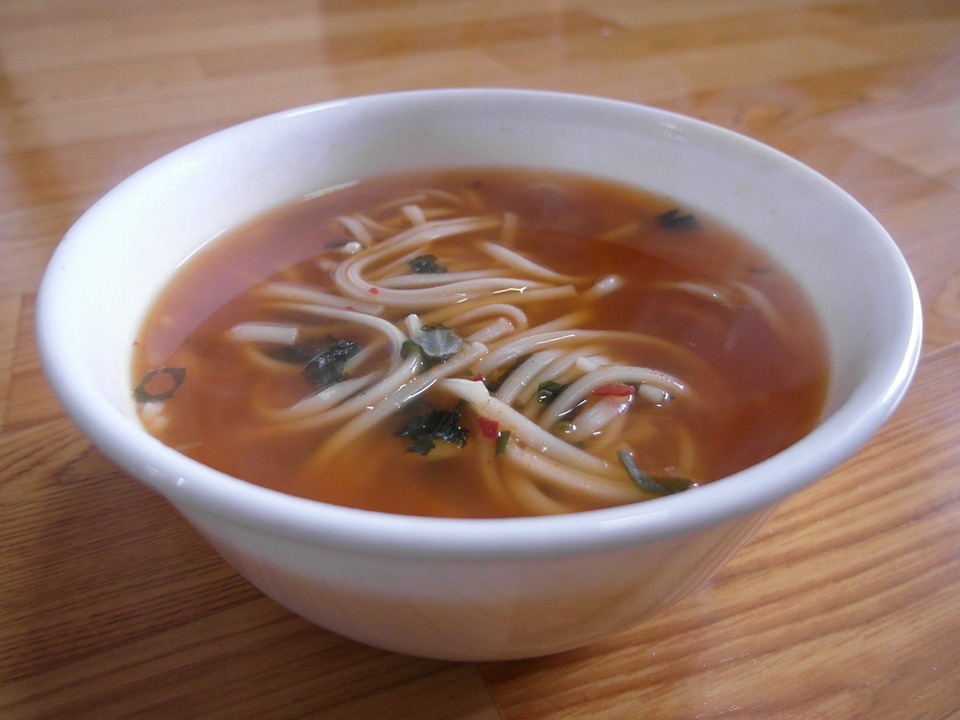
Instant Pot is a key tool in making healthy, delicious pho and is one of the simplest ways to do. Reduce the work you have to put in and make it easy on yourself.
How to make pho in an Instant Pot is a skill any Vietnamese family would love to have. Instant Pot or no Instant Pot, the basic elements of Vietnamese pho are still what needs to be focused on. The rich, aromatic broth requires hours of simmering. Normally, this takes a lot of effort to oversee. With an Instant Pot however, you’ve cut down on how much time you need to dedicate towards managing its simmer. You speed up the cook time and still receive that instantly recognizable Vietnamese flavors. Even better, if you’re a health junkie, making pho at home instead of procuring it from a restaurant means you can control the herbs that go into it and control the sodium levels.
Read more: Tap into the Magic of your Instant Pot to make the Perfect Pho for any Pho Lover
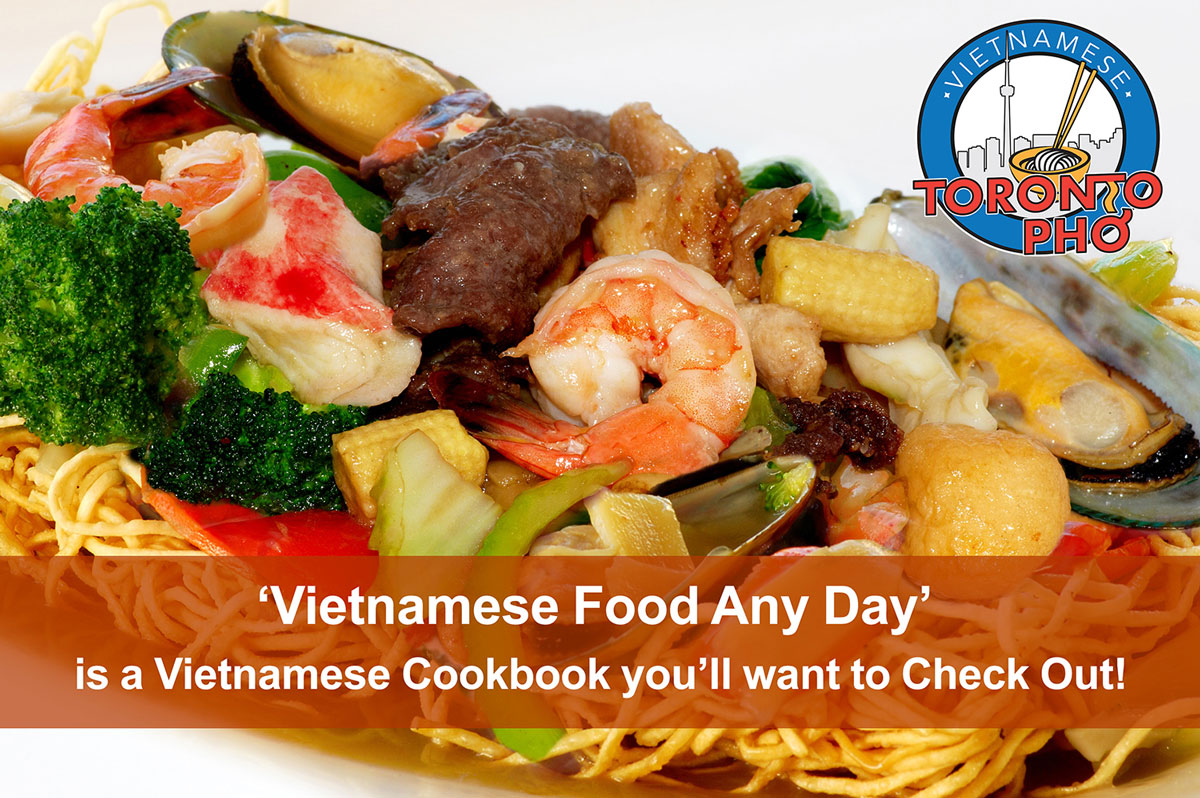
Vietnamese cuisine can lay claim to many amazing dishes and some of the most perfectly balanced meals in ethnic food.
The release of a new Vietnamese cookbook, Andrea Nguyen’s Vietnamese Food Any Day, is making things easy for families looking to make authentic Vietnamese cuisine using easy-to-find ingredients from their grocery store.
Nguyen is an award-winning cookbook author and an expert in Vietnamese food. She has several cookbooks to her name, including the James Beard award-winning The Pho Cookbook: Easy to Adventurous Recipes for Vietnam’s Favourite Soup and Noodles. Building around Vietnam’s greatest comfort food, pho, Nguyen’s built her reputation around crafting the perfect bowl for all the right people. Based in Santa Cruz, California, it’s Andrea Nguyen’s newest cookbook Vietnamese Food Any Day: Simple Recipes for True, Fresh Flavors which is really turning heads.
Read more: ‘Vietnamese Food Any Day’ is a Vietnamese Cookbook you’ll want to Check Out!
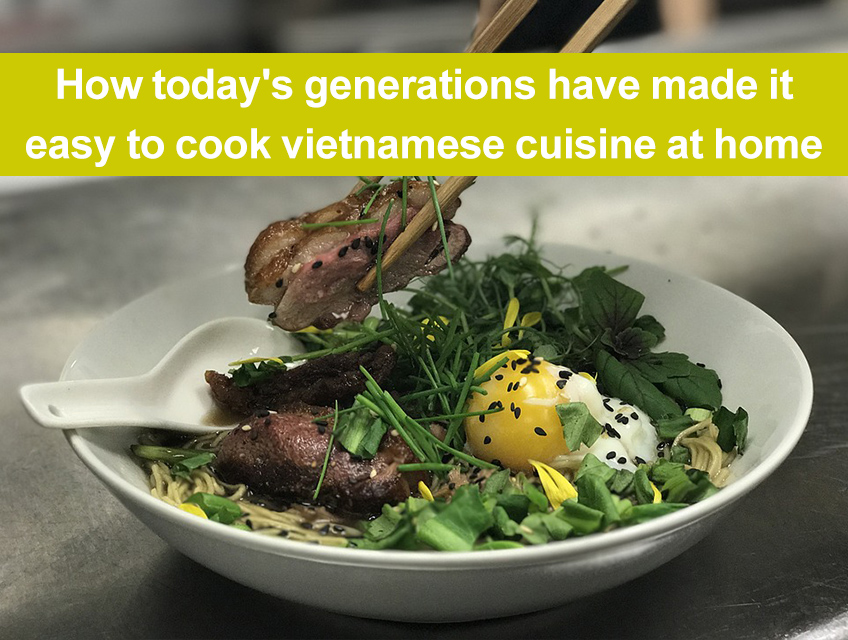
Before roughly a decade ago, if you wanted to cook Vietnamese food at home in Canada, seeking out an Asian market was really the only way to do so. Things have changed however. Demographics have grown more multicultural with more Vietnamese families living in Canada. Traditional Vietnamese ingredients such as lemongrass, coconut water, turmeric, and high quality fish sauce have also found their way into mainstream grocery stores – thanks to demand.
Add to all this the growing health movement and the fact that Vietnamese cuisine is one of the healthier cuisines out there, and you have a winning combination of factors resulting in ingredients, restaurants, and dishes being widely available. Thanks to today’s generation curiosities as well as the growing demand for Vietnamese cuisine, it’s easy. Ingredients are not hard to find.
Read more: How Today’s Generations have Made it Easy to Cook Vietnamese Cuisine at Home
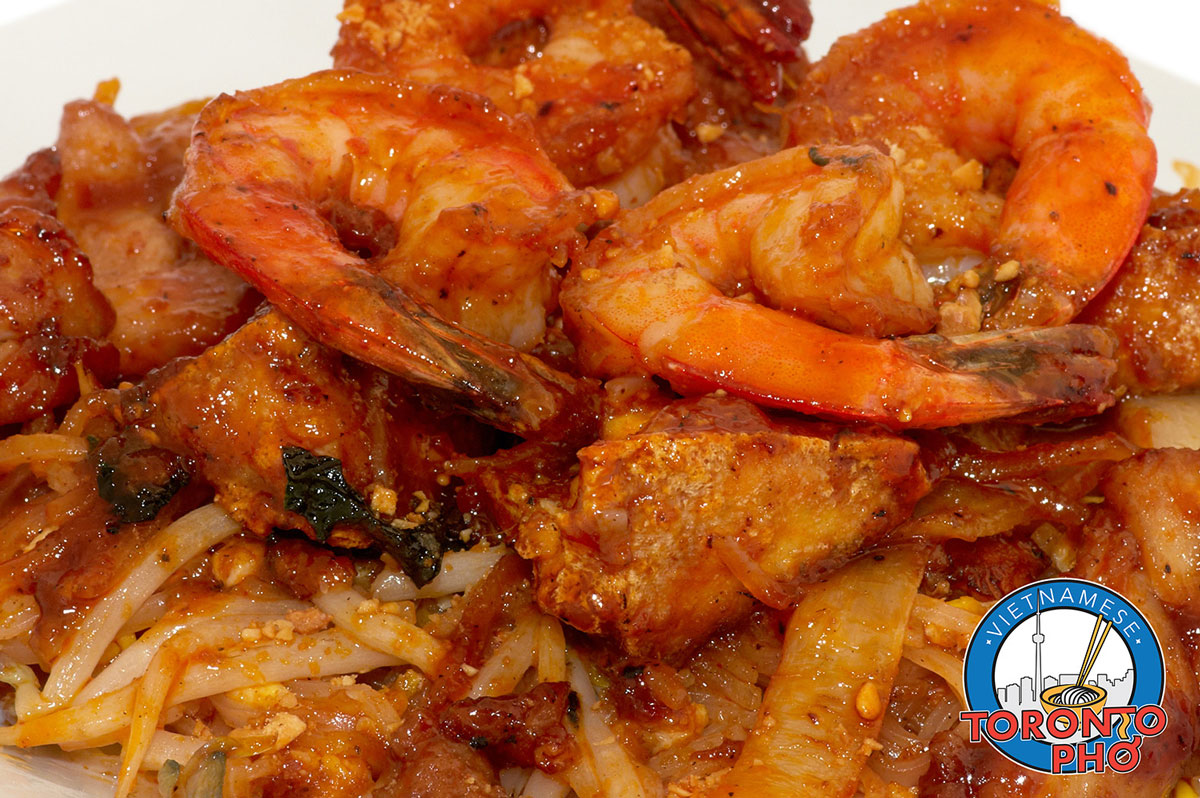
Pho is Vietnam’s greatest comfort food. It’s also very simple to make with chicken and stock. To prepare some slurp-worthy chicken pho from home, you don’t need much. After you’ve bought the plumpest pre-cooked chicken you can find, here’s what to do.
Place 2 cloves with 2 tsp coriander seeds in a large soup pot over medium heat. Give it a minute or two to toast. Then, peel and cut a 4 cm fresh piece of ginger into thick slices, bruising them with the flat side of the knife to release some flavor. Chop some spring opinions, greens, and more to add in.
Read more: How to Make the most Basic Chicken Pho like an Expert
More Articles ...
Page 51 of 54

